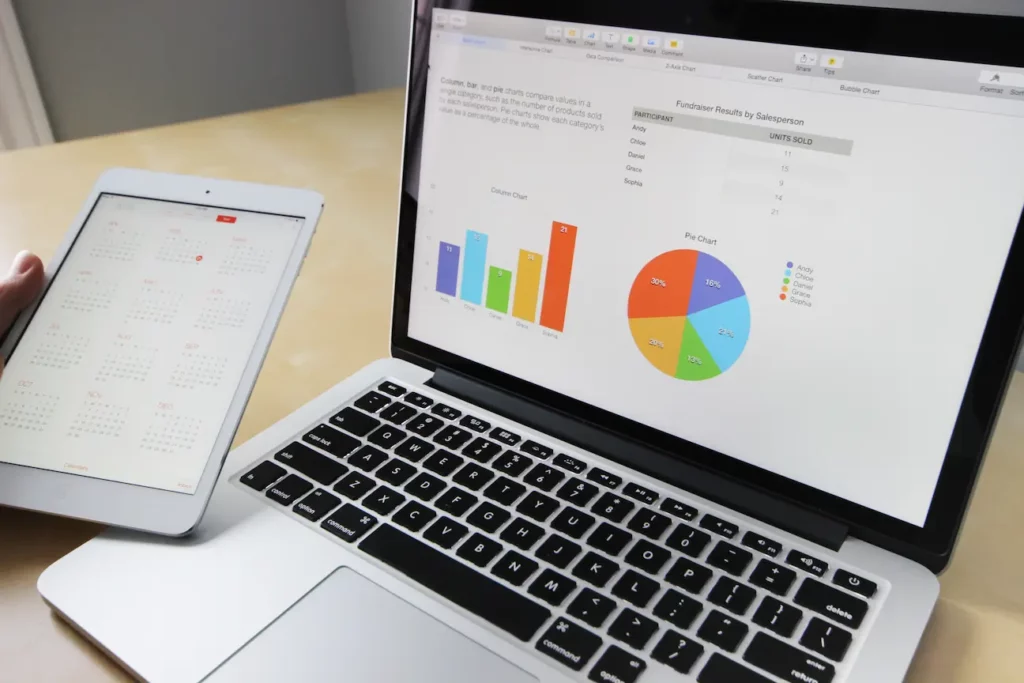
Information acquired from non-traditional sources is referred to as alternative data. Alternative data has several applications/use cases that span a variety of industries. The landscape/breadth of alternative data sources includes a wide range of data that is available and is collected, including mobile data, credit card transactions, consumer shopping patterns, social media trends, web scraped data, geolocation information from cell phones, satellite images, and weather forecasts. Big data is the term for these practically vast quantities of structured, semi-structured, and unstructured data. All of that data has the potential to be mined for information, which could aid individuals and/or institutions in making more informed decisions.
In banking, lenders use credit ratings to determine risk and the likelihood that a borrower would repay a loan, but millions of Americans do not have the advantage of access to loans because they have a low credit score or are “credit invisible,” which means they have no credit score. According to the Consumer Financial Protection Bureau, over 45 million customers do not have a credit score from one of the three major consumer reporting agencies, which restricts their ability to get approved for a mortgage loan in the United States. The population of the credit invisible is diverse and has a significant minority presence – compared to the 75% of all American adults who have a credit score, the Financial Industry Regulatory Authority estimates that only 51% of African-Americans and 58% of Latinos have one. Credit invisibles, who do not have access to traditional credit, are more susceptible to payday loans and other high-rate lending products offered by unregulated financial service industries. Because of the rise in wealth disparity and the rising immigrant population in the United States, this exclusion from the traditional financial system is likely to get worse. Alternative data is a technology advancement that enables the expansion of credit to “credit invisible” or consumers with low credit scores by using new indicators of credit worthiness from the data. Alternative data may offer information on additional financial payments made by consumers, such as rent, alternative financing payments, demand deposit accounts, property or asset records, public records, utility and telecom payments, and more. According to the Corporation for Enterprise Development (CFED), the no-hit (similar to credit invisible and unbanked) population would decrease from 20–25 million adults to about five million adults just by including utility payment data in the credit score. A TransUnion survey found that 34% of lenders already analyze both prime and nonprime borrowers using various forms of alternative data. The use of alternative data is most prevalent in the credit card, auto loan, and consumer finance industries, as well as in the FinTech sector and the mortgage industry. According to a survey of lenders, 66% of them said that using alternative data allowed them to lend to more borrowers in their current markets and 56% said it allowed them access to new markets. Through acquisitions, collaborations, or both, major credit agencies like Experian, Equifax, and TransUnion have begun to incorporate and adopt alternative data into their systems.
Any dataset of information can provide a successful trading signal, algorithm, or investment model in the world of investing, making alternative data vital tools for investment management organizations looking to acquire a competitive edge. Alternative data, which includes nonfinancial data from sources like unstructured text and imagery from news feeds, social media, online communities, communications metadata, satellite imagery, geospatial information, and other sources, can assist investment managers in gaining distinctive and priceless market insights to gain a competitive edge in the investment industry. Instead of relying on conventional data sources to examine and assess investment decisions, alternative data enables Investment Management firms to obtain more precise, swifter, and detailed insights and metrics into corporate performance. Additionally, hedge funds are getting a competitive edge with alternative data as the race to outperform the market index and accumulate assets heats up. Hedge funds use a variety of data sources in addition to standard data to give themselves an advantage during the investment process. Hedge fund managers can control both operational and investment risks with the aid of alternative data. Insights into share prices and a near real-time understanding of a company’s digital success that are not normally covered by traditional data are provided by alternative data sets. Fund managers spend close to $3 billion annually—a 20–30% increase—in alternative data sets. The alternative data market will reach $100 billion by 2030, up from less than $500 million in 2018. The use of alternative data is expanding quickly, the amount of data generated is predicted to increase tenfold to 163ZB by 2025, and there are already more alternative data analysts than ever before, according to a report by Deloitte.
Alternative data is helpful in the banking and financial markets because it provides a competitive edge, helps with predictive analytics, reduces risks, supports investment and trading decisions, and gives lenders a tool to make it possible for consumers with low incomes and those who are “credit invisible” to access loans. The market for alternative data is still in its infancy and is constantly changing and growing. Because financial technology companies use alternative data, this new developing technology also has data accuracy and privacy difficulties. Another issue is the models’, data sources’, and data analytics tools’ lack of openness. Before it can be widely implemented, policymakers, regulators, banking, and the financial markets must solve the issues of data privacy, fair use of alternative data, and consumer protection.


 Raj Mehta – Financial Education Instructor
Raj Mehta – Financial Education Instructor